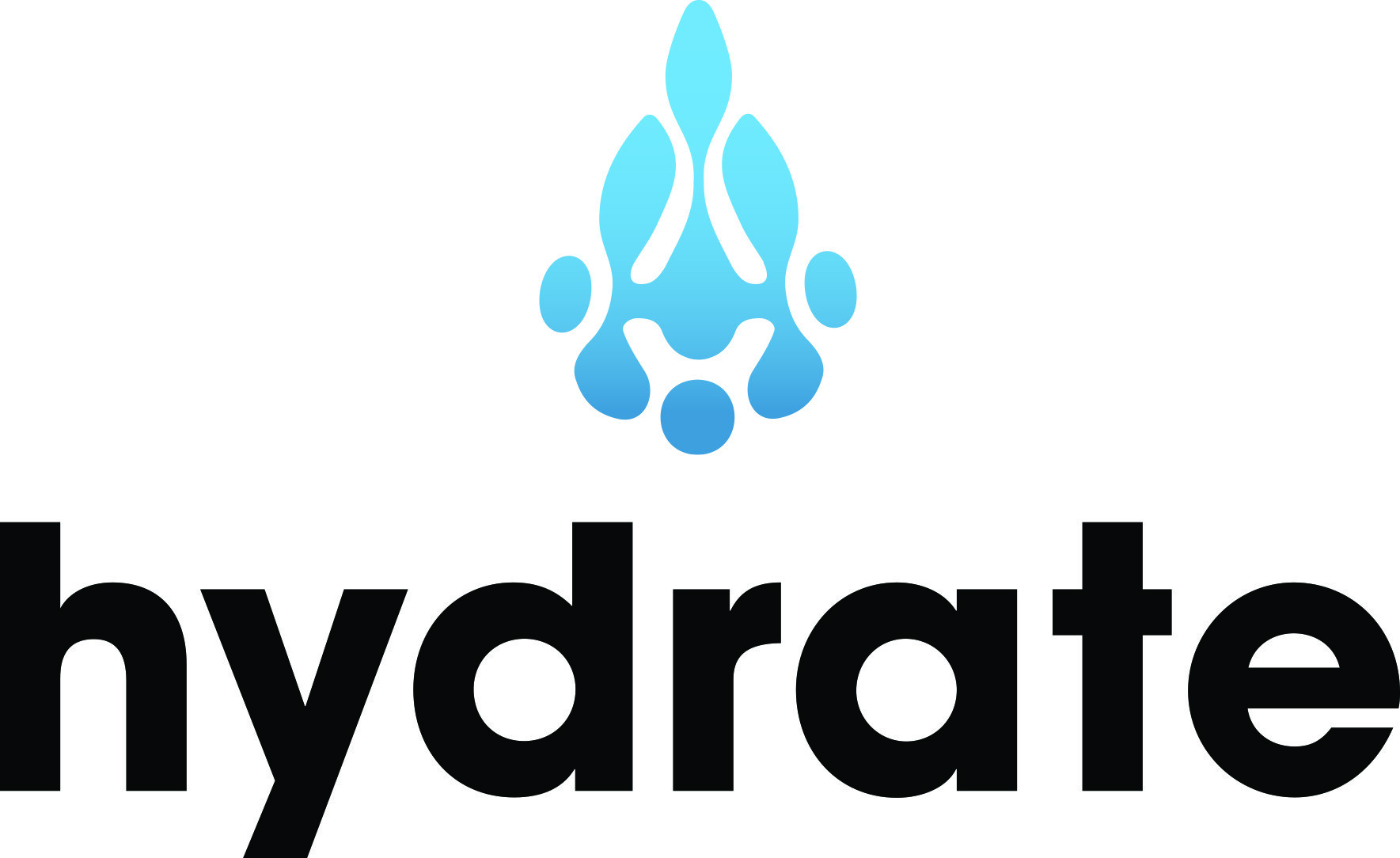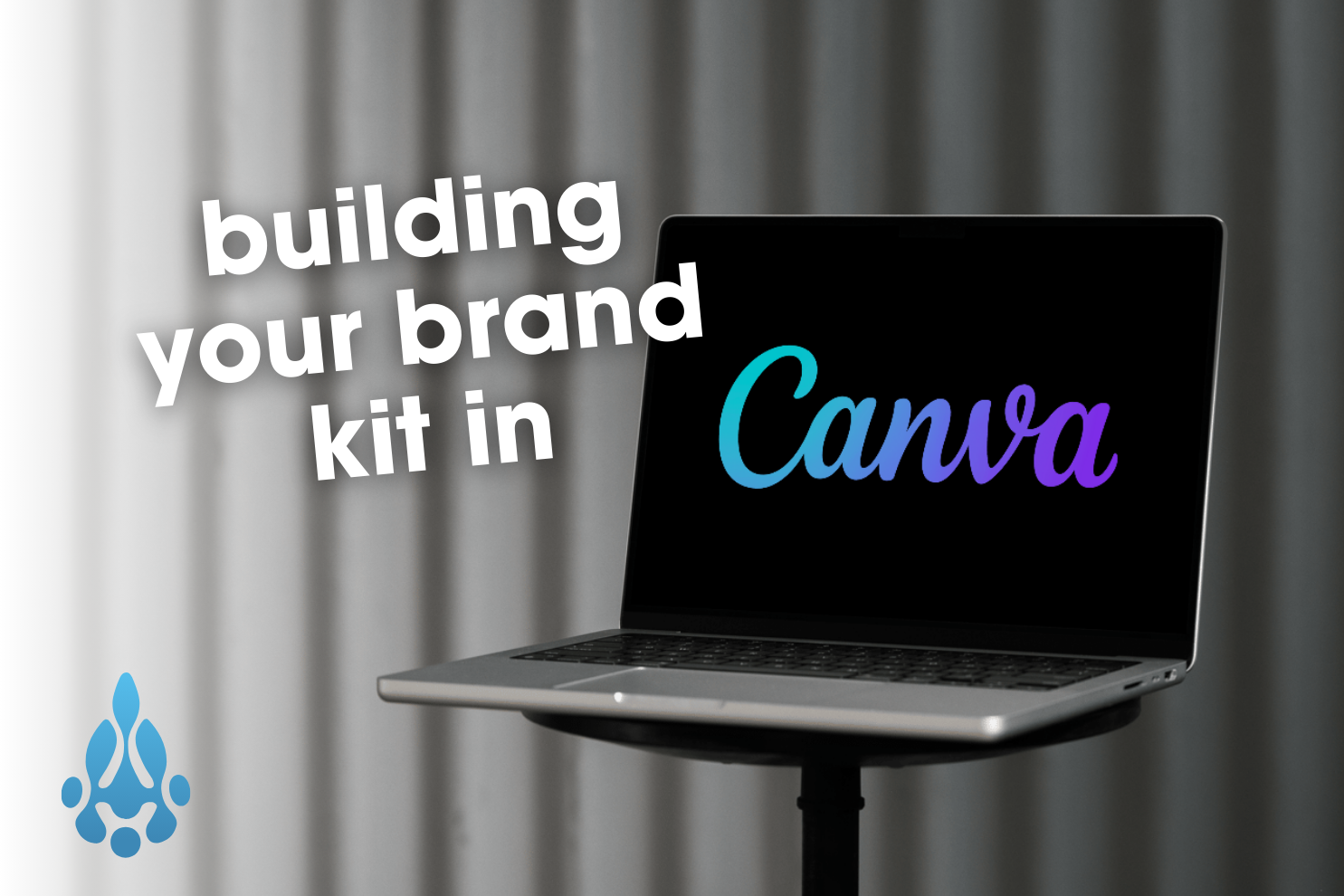Canva can be a great tool for creating quick and repeatable designs for your business or organization. One feature we love is the “Brand Kit.” It allows you to easily access all your brand assets for effortless visual consistency across various applications. Keep reading to learn how to set yours up!
In 2025, the marketing landscape is more data-driven than ever before. Yet, the way we collect and utilize that data has undergone a seismic shift. With the phase-out of third-party cookies and the rise of privacy-first approaches, zero-party data has emerged as a crucial pillar of effective marketing. Here’s what you need to know about this transformation and how we can adapt to stay ahead.
Developing marketing personas is foundational in creating strategies that resonate with your audience. Personas represent your ideal customers, helping you tailor your marketing efforts to attract the right leads. Here’s a brief overview of why you should create marketing personas and how to get started.
As we step into 2025, there’s no better time to revisit and refine our strategies for achieving personal and business success. One tried and tested method to drive focus and clarity is by setting SMART goals. First coined in 1981 by George T. Doran, SMART goals – an acronym for Specific, Measurable, Attainable, Realistic, and Time-bound – still offer a framework for turning aspirations into actionable plans.
If you’ve been considering a rebrand for your company, the first question to ask yourself is, “Why?” For these efforts to be successful and worthwhile, you must have a good reason to begin and a strategy that guides you throughout the process. There’s no need to change simply for the sake of changing.
The strongest brands don’t just sell – they tell a story that sticks. At the heart of every memorable brand is a message that resonates, inspires, and drives action. A well-crafted brand message isn’t just marketing jargon; it’s the backbone of how businesses connect with their audience and stand apart from the competition.
In a world where digital transformation is essential for staying competitive, many small to medium-sized businesses face the challenge of modernizing their marketing efforts without breaking the bank. Enter the Fractional Chief Marketing Officer (fCMO) – a cost-effective solution for companies needing top-tier marketing leadership without the overhead of a full-time hire. But what exactly is an fCMO, and how can hiring someone in this role impact your business? Let’s dive in.
Marcus Sheridan of The Sales Lion claims that 70% of people who contact a company already know they will do business with them. That’s because they’ve done their research online before contact. This is even true of people looking for a financial advisor. Therefore, an effective, optimized online presence is required to compete in the modern finance industry.
Having a strong online presence is crucial for business growth, regardless of industry. Taking a comprehensive approach to enhancing your company's visibility across the Internet is a valuable use of time as it can help you generate more and better-quality leads. This blog will introduce you to an in-depth analysis process called the Total Online Presence Audit (TOPA) and further explain why you should conduct one on your brand.















